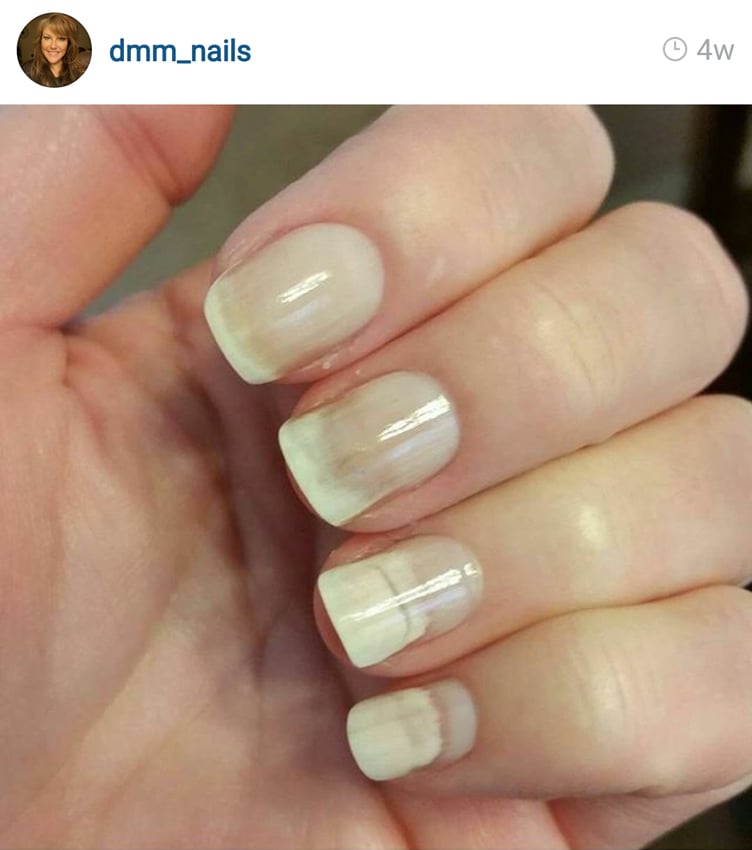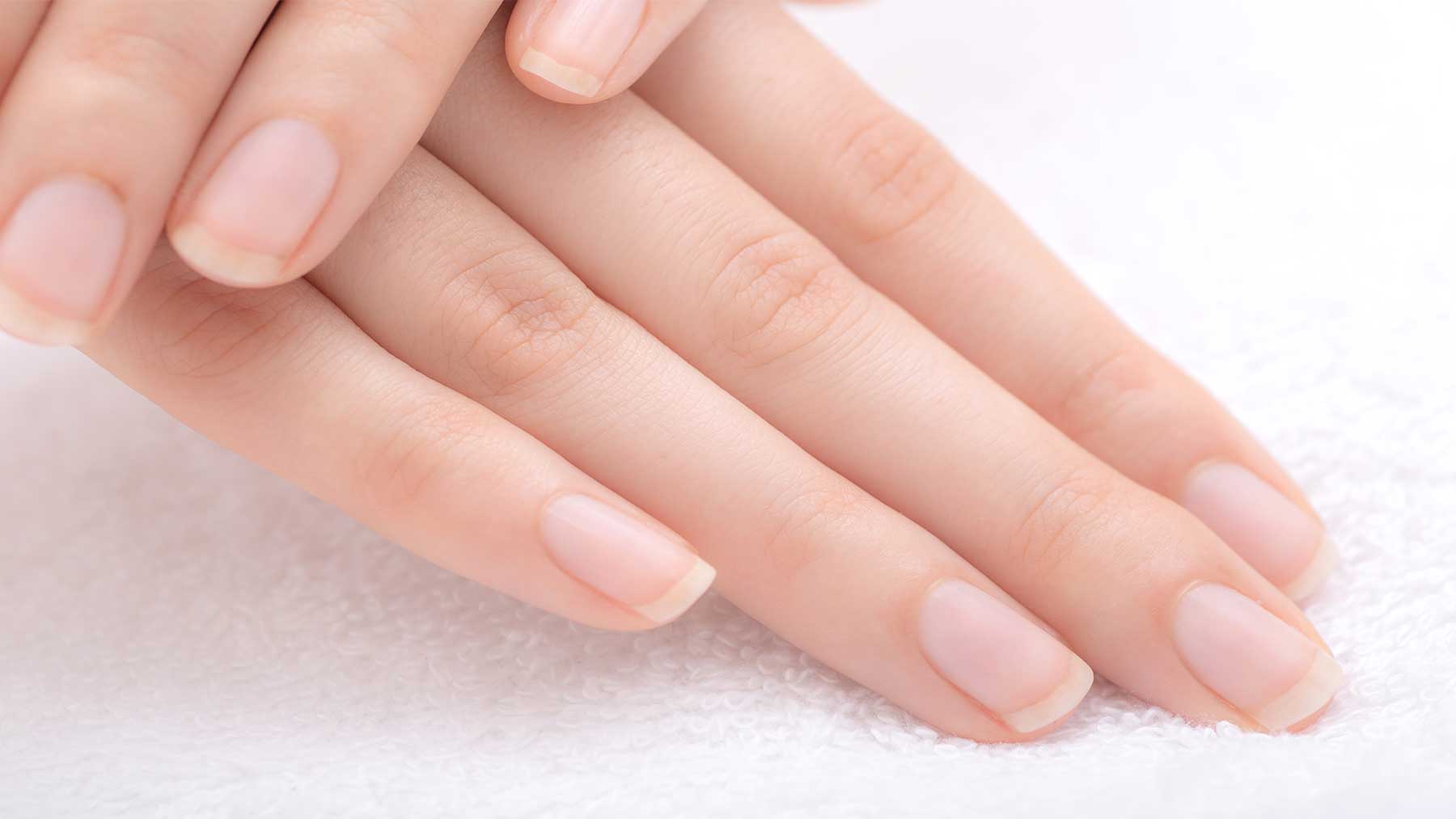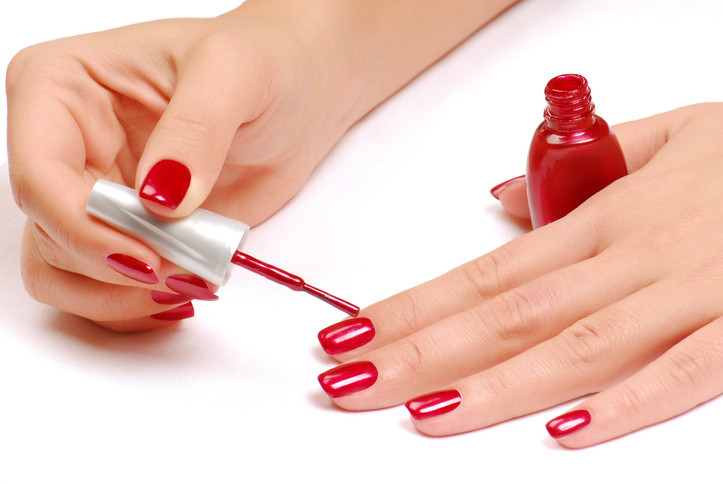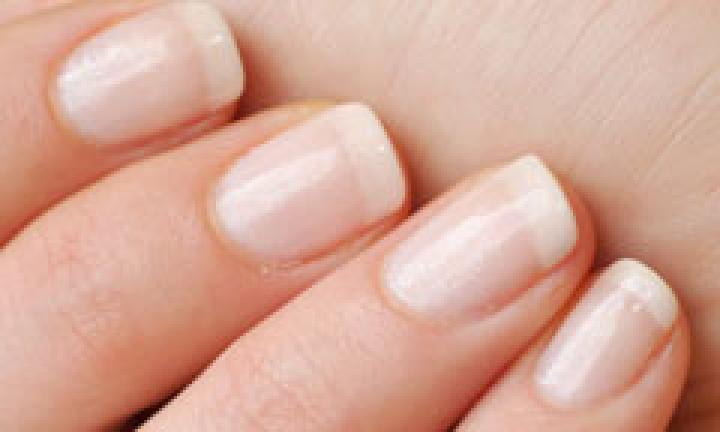For many nail polish lovers, the Mentality polish controversy is a wake-up call. Stories of nails peeling, detaching, or reacting badly popped up across Instagram and blogs. But what’s actually going on behind the headlines? Is it just bad luck — or could there be serious issues in formulation, ingredients, or quality control? I dug into the evidence so you can decide whether to risk another bottle, or protect your nails better.

What We Do Know
Here’s what’s confirmed or reported with high confidence:
-
The condition many have experienced is called onycholysis — when the nail lifts away from the nail bed. It can be painful, unsightly, and takes a long time to grow out.
-
Affected users report issues especially with polishes using the Arminex base (which was allegedly used by Mentality for some time).
-
People also describe a “chemical” smell (like melted plastic), stinging, itching, redness, or irritation when applying or soon after. Lab
-
Not everyone who used those polishes had problems — severity seems to vary, possibly due to duration of wear, skin sensitivity, or other factors.
Theories & Possible Causes
Several hypotheses have been floated — some more plausible than others. Here’s a breakdown:
| Theory | Pros (why people believe it) | Weaknesses / Counterarguments |
|---|---|---|
| Citric acid in base | Unique ingredient differences between bases; citric acid is a known acid that can irritate | Citric acid has been used safely in cosmetics and nail polishes for decades. It’s everywhere — if this were the sole cause, more widespread damage would be expected. |
| Contamination of the base (Arminex) | Users pointed to switching base suppliers; base degassing/frothing, change of supplier correlates with more reports. | If the base were contaminated broadly, other brands using Arminex should show similar issues — many have not. |
| Unstable pigments / neon colors | Neon pigments may degrade, release small irritant molecules, or become unstable in solvents. Users describe odor and worsening issues over time. | Not all affected polishes are neon, and pigments themselves may be cosmetic grade; evidence of toxic byproducts is speculative. |
| Degassing or process issues | Mentality claimed degassing to remove bubbles; some suspect that steps like heat or ultrasound during degassing could cause chemical changes. | Many polish makers degas; typical vacuum degassing without heat is less likely to trigger dangerous reactions. |
| Methacrylate contamination | Some users report smell and burn-like reactions similar to gel burns. Methacrylates are allergenic in unpolymerized forms. | If methacrylate contamination were high, effects would likely be worse/faster in many users; also, regulation and labeling should flag such risks — but clarity is lacking. |
How You Can Protect Your Nails
While investigations continue, here are proactive steps you can take:
-
Check the base & ingredients. If a polish lists citric acid or ambiguous “base” without transparency, proceed with caution.
-
Do a patch test. Apply polish on one nail or patch of skin and monitor for 24 hours.
-
Limit wear time. Removing polish after shorter wear may reduce risk.
-
Choose trusted indie brands with clear ingredient lists, quality control, and good reviews.
-
Store polishes properly. Keep them sealed, cool, and away from heat that might degrade ingredients.
-
Keep bottles as evidence if you suspect reaction — for possible lab tests, refunds or safety reporting

Why It Feels So Frustrating
-
Nail polish is something many of us love — colorful, fun, affordable. Realizing it could be harmful feels like betrayal.
-
Mentality’s handling of the issue (delays, unclear communication, recall ambiguity) has increased distrust and anxiety among fans.
-
Shapes of nails, individual sensitivity, how people apply polish — all vary. So two people may use the same polish, but one gets damage, the other doesn’t. That unpredictability makes it more upsetting.

Final Thoughts
At this point, we don’t have definitive proof of exactly what caused the problems with Mentality nail polish. But there’s enough evidence to treat the concerns seriously. If I were you:
-
Avoid the polishes you suspect might be problematic until more lab data emerges.
-
Favor brands that are open about base, pigment grades, and testing.
-
Don’t throw away your love of indie polish — just demand safety as part of beauty.
✨ Editor’s Pick: If you want safer polish alternatives, look for indie brands with industry-grade pigment listing, cosmetic safety statements, or those who have independent testing — I can compile a trusted list if you like.
-

